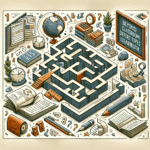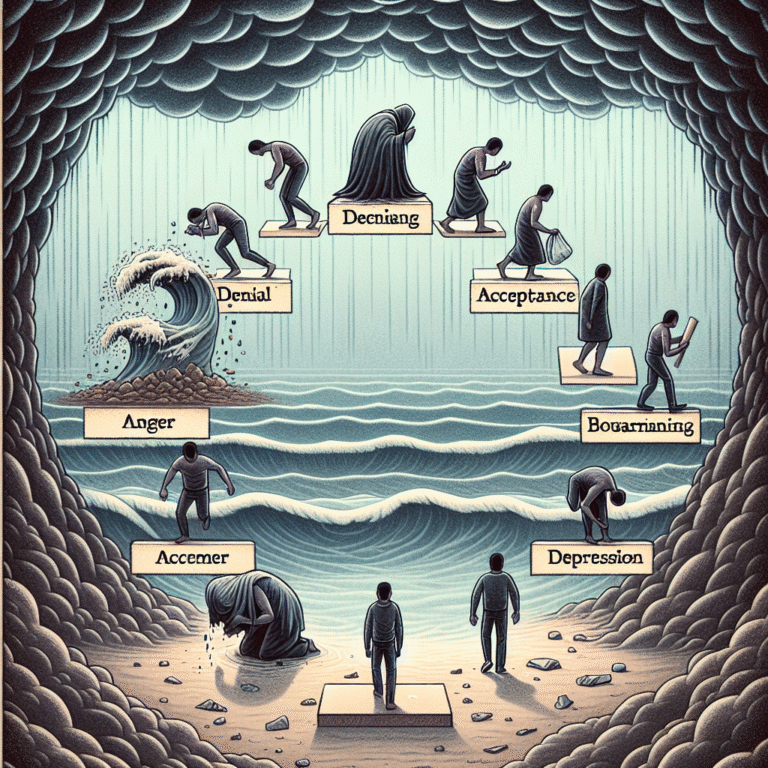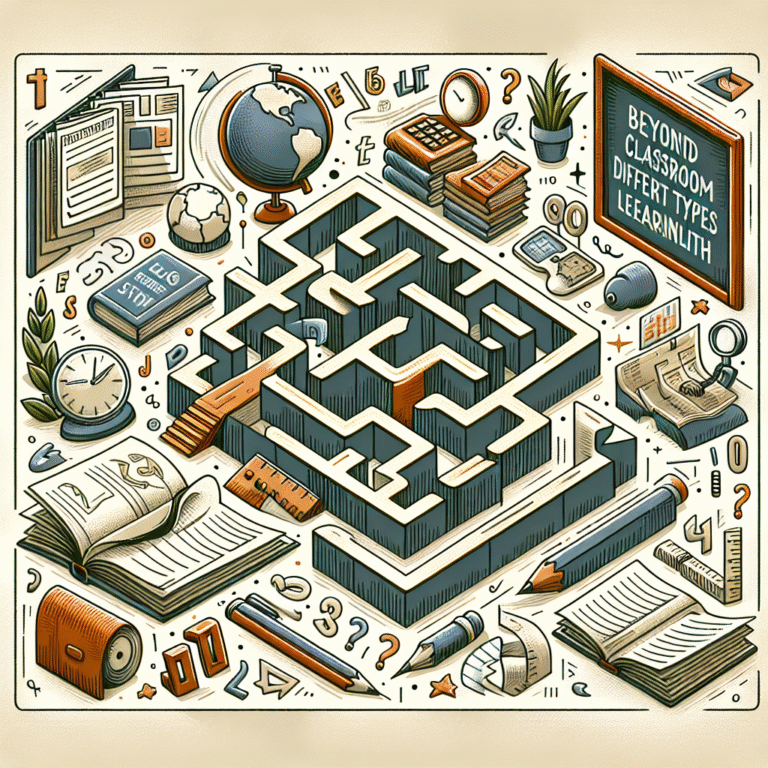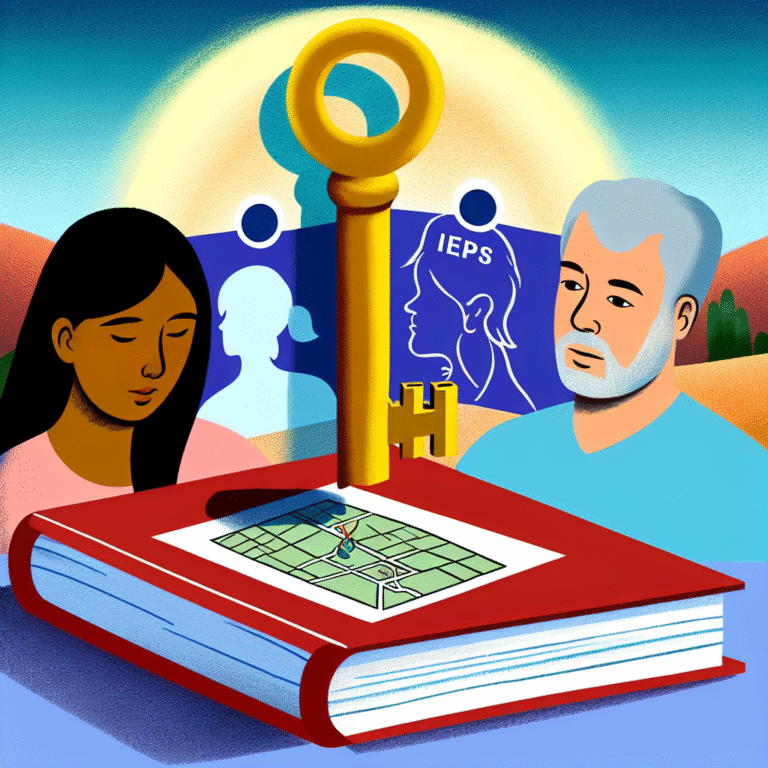
The Subtle Signs of Anxiety: What to Watch for Before It Becomes a Disorder – A Proven Guide to Early Intervention
Introduction
Anxiety is a common experience in our fast-paced, often overwhelming world. It can manifest in various forms and intensities, some so subtle that they slip under our radar. Understanding The Subtle Signs of Anxiety: What to Watch for Before It Becomes a Disorder is crucial—not just for those who experience these feelings but also for friends, family, and colleagues. Early detection can make a significant difference in someone’s life, preventing the escalation of symptoms that lead to a diagnosed disorder.
Imagine waking up one morning, feeling a knot of unease in your stomach, yet unable to pinpoint why. Is it stress from your job, or is it something more? This article aims to illuminate those subtle signs, guiding you through the often-overlooked clues that suggest anxiety might be taking root. Our exploration will be comprehensive, featuring real-world applications, case studies, and actionable insights designed to equip you with the knowledge needed to identify and address anxiety early on.
Recognizing the Subtle Signs
To identify The Subtle Signs of Anxiety: What to Watch for Before It Becomes a Disorder, we must first understand what anxiety can look like. Unlike more pronounced symptoms, subtle signs may manifest as behavioral changes, emotional shifts, and physical sensations that can easily be dismissed or overlooked.
1. Behavioral Changes
One of the most noticeable indicators of emerging anxiety is a shift in behavior. Here are some key signs to watch for:
Avoidance Behavior: An individual may start avoiding certain situations, places, or people they once enjoyed, which may seem harmless at first.
Increased Procrastination: Anxiety can lead to heightened levels of dread and stress about tasks, resulting in procrastination or feeling overwhelmed by responsibilities.
- Heightened Sensitivity: An increased sensitivity to criticism or conflict can be a subtle sign. It may lead to a withdrawal from social interactions.
Case Study Analysis: Consider Sarah, a 28-year-old marketing professional. Over a few months, she gradually stopped attending team lunches and avoided presenting in meetings, feeling a wave of dread preemptively. Her colleagues noted the change but attributed it to her workload. Eventually, Sarah faced non-communicative anxiety that became more pronounced. Recognizing these behavioral changes early could have encouraged a conversation about her mental health before the situation escalated.
2. Emotional Indicators
Emotional shifts can also signal the onset of anxiety. Be wary of:
Persistent Worry: Does a low-level concern seem to follow the individual everywhere? Prolonged periods of worry that seem disproportionate to the situation could indicate anxiety.
Mood Swings: Those subtly shifting emotional states—irritability, frustration, or sadness—can often hint at underlying anxiety.
- Feelings of Impending Doom: A pervasive sense that something bad is about to happen can be an emotional red flag.
Chart: The Positive and Negative Emotional Indicators of Anxiety
| Positive Indicators | Negative Indicators |
|---|---|
| Increased focus on solutions | Persistent worry |
| Seeking support from friends | Irritability |
| Expressing feelings clearly | Feelings of doom |
3. Physical Sensations
Physical symptoms often accompany anxiety, even when they seem minor. Look for:
Fatigue: A general feeling of exhaustion can signal underlying anxiety, even if one has been sleeping well.
Social Withdrawal: Those affected may isolate themselves, feeling that being around others is too demanding.
- Tactile Sensations: Palpitations, headaches, or even gastrointestinal discomfort can manifest subtly.
Case Study Analysis: David, a graduate student, reported frequent headaches and fatigue. Initially, he dismissed these as stress from his studies. However, as he began avoiding social gatherings, it became clear these physical symptoms were linked to rising anxiety. Understanding these physiological signs early on led David to seek help before his anxiety morphed into a debilitating disorder.
4. Changes in Routine
When anxiety subtly creeps in, it can lead to changes in daily routines. Be mindful of:
Sleep Disturbances: Insomnia or an increase in sleep may arise from anxiety. Difficulty winding down or frequent awakenings can be subtle signs.
Alterations in Eating Habits: Noticeable changes, such as eating significantly less or binging on comfort food, can indicate anxiety.
- Neglecting Personal Care: A decline in grooming habits or self-care routines can be linked to emotional distress.
Chart: Common Routines Affected by Anxiety
| Routine Element | Possible Change |
|---|---|
| Sleep | Insomnia or oversleeping |
| Eating | Binge eating or loss of appetite |
| Hobbies | Withdrawal from activities |
Impact of Technology on Anxiety Perception
In today’s digital age, technology can both alleviate and exacerbate anxiety. Here are considerations to keep in mind:
Social Media Pressure: Constantly curating an ideal online persona may breed insecurities, contributing to anxiety.
Information Overload: An excess of information can lead to overwhelming feelings of stress and anxiety.
- Virtual Connections vs. Real Connections: While technology can connect us with others, over-reliance may lead to feelings of isolation and anxiety.
Case Study Analysis: Emily, a social media influencer, initially enjoyed her online interactions. However, the pressure to maintain her image led to anxiety-driven burnout, impacting her mental health. Recognizing the negative implications of her online presence allowed her to set boundaries and prioritize her mental well-being.
Why Early Detection Matters
Understanding The Subtle Signs of Anxiety: What to Watch for Before It Becomes a Disorder highlights the importance of early detection in mitigating long-term effects. The earlier anxiety is recognized, the more effective the interventions can be. Here are several reasons why this early detection is imperative:
Prevention of Escalation: Addressing anxiety early can prevent the symptoms from escalating and becoming a full-blown disorder.
Improved Coping Mechanisms: Early intervention provides the opportunity to develop coping strategies before unmanageable anxiety sets in.
- Enhanced Quality of Life: Proactive measures ensure a better overall quality of life—both personally and professionally.
Table: The Effects of Early Intervention vs. Late Detection
| Early Intervention | Late Detection |
|---|---|
| Healthier coping mechanisms | Unmanaged anxiety symptoms |
| Better mental health outcomes | Higher risk of developing disorders |
| Increased productivity | Potential job loss or withdrawal from responsibilities |
Strategies for Addressing Subtle Signs of Anxiety
Once you recognize The Subtle Signs of Anxiety: What to Watch for Before It Becomes a Disorder, knowing how to address it is vital. Here are actionable strategies:
1. Open Communication
Encouraging open discussions about mental health reduces stigma. Normalize conversations about feelings and anxiety levels, whether with friends, family, or colleagues.
2. Mindfulness and Meditation
Practicing mindfulness through meditation or yoga can help ground anxious thoughts and relieve stress, creating space for mental clarity.
3. Professional Support
Consulting a mental health professional can provide tailored strategies to manage anxiety effectively. Cognitive Behavioral Therapy (CBT) is one evidence-based approach that has shown significant benefits for those facing anxiety.
4. Healthy Lifestyle Choices
Incorporating regular exercise, balanced nutrition, and sufficient sleep can significantly improve psychological resilience.
5. Limit Information Intake
Be mindful of your media consumption, especially regarding negative news or social media that may exacerbate anxiety.
Conclusion
Recognizing The Subtle Signs of Anxiety: What to Watch for Before It Becomes a Disorder constitutes a crucial step in addressing mental health challenges effectively. By paying attention to behavioral changes, emotional shifts, physical sensations, and changes in routine, you can identify anxiety before it escalates into a disorder. Utilize the strategies discussed to foster a supportive environment for yourself and others.
Remember, it is not just about identifying anxiety but also about creating action plans to manage it positively. By practicing mindfulness, communicating openly, and seeking help, you can lay the groundwork for sustained mental health, ensuring that you or your loved ones can navigate life’s challenges with resilience and clarity.
FAQs
What are the most common subtle signs of anxiety?
- Common subtle signs include persistent worry, mood swings, fatigue, and changes in behavior or routine.
How can I support someone showing signs of anxiety?
- Encourage open conversations about their feelings, offer to listen, and suggest seeking professional help if necessary.
Is it normal to experience anxiety occasionally?
- Yes, occasional feelings of anxiety are normal. However, if symptoms persist or disrupt daily life, seek professional guidance.
What are some self-help strategies for managing anxiety?
- Strategies include mindfulness practices, limiting media consumption, maintaining a healthy lifestyle, and developing coping mechanisms.
- When should I seek professional help for anxiety?
- If anxiety symptoms interfere with your daily life, relationships, or overall well-being, it’s important to consult a mental health professional.
By becoming aware of and addressing these subtle signs, we can cultivate healthier minds and foster a community of understanding and support.











